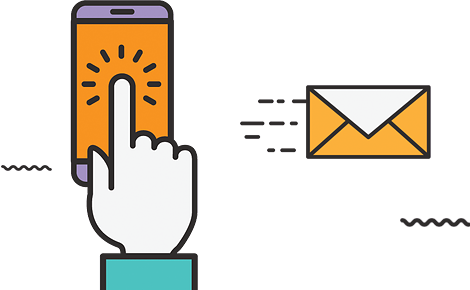A payroll system is a process or software application that manages and automates the calculation and disbursement of employee salaries and related financial records within an organization. It encompasses various tasks, including salary calculation, tax deductions, benefits administration, and generating payslips. Here are the key components and functionalities of a typical payroll system:
1. Employee Information Management: The payroll system stores and manages employee data, such as personal details, bank account information, tax information, employment history, and other relevant information required for payroll processing.
2. Time and Attendance Tracking: The system may integrate with time and attendance systems to record employee work hours, leaves, overtime, and other attendance-related data. This information is used to calculate accurate salaries and benefits.
3. Salary Calculation: The payroll system automatically calculates employee salaries based on predefined salary structures, including factors such as basic pay, allowances, deductions, and overtime. It applies applicable tax rates, statutory deductions, and other regulations.
4. Tax Deduction and Compliance: The system calculates and deducts taxes, such as income tax, social security contributions, and other statutory deductions based on applicable laws and regulations. It generates reports and forms required for tax compliance and facilitates tax filings.
5. Benefits Administration: The payroll system manages employee benefits, such as provident fund contributions, health insurance, retirement plans, and other deductions or contributions tied to employee benefits programs.
6. Payslip Generation: The system generates detailed payslips for each employee, reflecting the salary components, deductions, taxes, and net pay. Payslips can be distributed electronically or in printed format.
7. Direct Deposit: The payroll system facilitates direct deposit of employee salaries into their bank accounts, ensuring timely and secure payment.
8. Statutory Reporting: The system generates reports and statements required by government authorities, including tax filings, provident fund reports, employment insurance reports, and other statutory obligations.
9. Recordkeeping and Compliance: The payroll system maintains a secure database of payroll records, including salary history, tax records, and other financial information. It helps with audits, compliance checks, and historical reporting.
10. Integration with Accounting Systems: The payroll system may integrate with the organization’s accounting software to ensure accurate financial reporting and reconciliation of payroll transactions.




